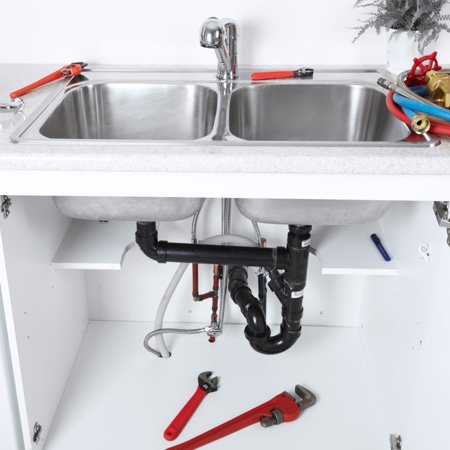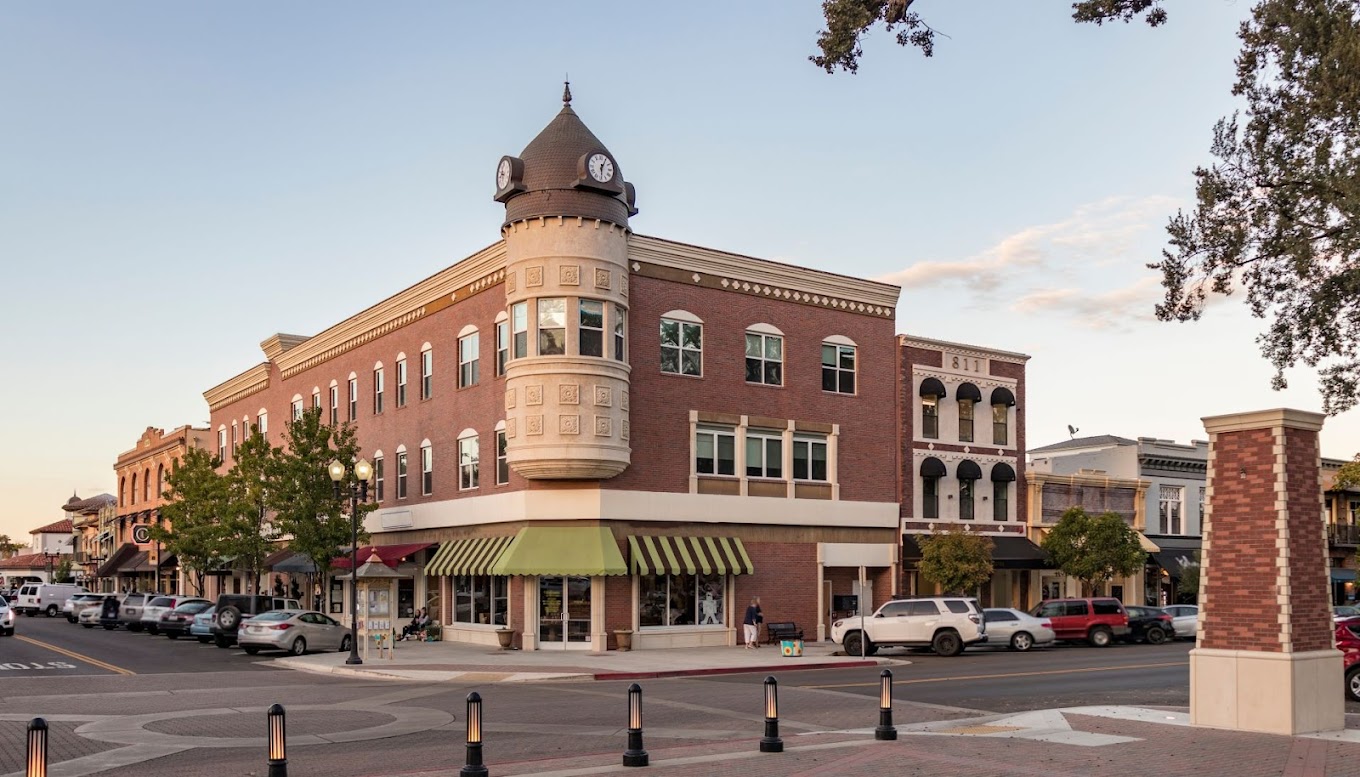Water leaks often start small but can quickly lead to structural damage, mold growth, and costly repairs. Identifying these leaks early can save you thousands of dollars in repair costs and prevent health hazards from developing in your home. Even small drips or minor water spots can indicate bigger problems lurking behind walls or under floors.
Regular inspection of pipes, fixtures, and visible plumbing connections can help catch these issues before they escalate. Check for increased water bills, musty odors, water stains, or warping on walls and ceilings as these are common indicators of hidden leaks. This article shares practical tips to help you become a leak detection expert.
Identifying Common Signs of Plumbing Leaks
Plumbing leaks often reveal themselves through visual, audible, and sensory cues before causing major damage. Learning to recognize these warning signs can help you address issues early and avoid costly repairs.
Spotting Visual Indicators of Leaks
Water stains on ceilings, walls, or floors are clear signs of leaking pipes, typically appearing as yellowish or brownish and may grow larger over time. Look for peeling paint or wallpaper, which occurs when moisture seeps behind these surfaces, and watch for damp patches and wet spots, especially in areas near plumbing fixtures or pipes. These might appear as darker areas on surfaces or feel moist to the touch.
Next, check for unexplained pooling water around the base of toilets, sinks, or appliances like dishwashers and washing machines. This often indicates a seal or connection problem. Mold or mildew growth is another reliable indicator. These fungi thrive in damp environments and appear as fuzzy patches, often black, green, or white.
Audible Evidence of Water Leaks
Dripping sounds are the most obvious auditory clue of a leak, and even small, intermittent drips warrant investigation, as they can waste significant water over time. Listen for the sound of running water when no fixtures are in use, as this may indicate a hidden leak in walls or under floors.
Common sounds to watch for:
- Hissing noises from toilets (indicating a flapper valve issue)
- Gurgling in drains (possible pipe blockage)
- Banging or hammering in pipes (water pressure problems)
Tactile Clues and Musty Odors
A musty smell often accompanies hidden leaks, and this distinctive odor results from dampness and the growth of mold or mildew in concealed spaces. Feel for dampness or unusual warmth on floors, too, especially in bathrooms and kitchens. Warping or buckling of flooring materials can also indicate moisture damage below.
Signs to touch and smell for:
- Soft, spongy drywall
- Warped wood under sinks
- Musty odors near cabinets or closets
- Dampness when pressing on floors near plumbing fixtures
Recognizing and Remedying External Factors
External factors can often contribute to plumbing failures. For example, tree roots are aggressive seekers of water and can infiltrate pipes, causing blockages and eventually breaking pipes. If you notice slow drains or gurgling toilets, roots may be the culprit.
Clogged drains put extra pressure on pipes and seals, so use drain guards to prevent debris from entering your plumbing system. Blocked drains from grease, hair, or foreign objects can cause water to back up and leak at weak points. Regular cleaning and proper disposal practices help prevent these issues, but avoid chemical drain cleaners as they can corrode pipes over time.
Water quality affects plumbing longevity, as hard water leads to mineral buildup inside pipes, restricting water flow and stressing connections. Consider installing a water softener if you have hard water.
Understanding the Consequences of Unchecked Leaks
Ignoring plumbing leaks, even small ones, can lead to serious problems that affect your home, health, and wallet. Small drips might seem harmless at first, but they often signal bigger issues developing behind walls or under floors.
The Impact on Water Bills and Usage
A single dripping faucet can waste up to 3,000 gallons yearly, while a more serious leak might waste 10,000 gallons or more. Most homeowners first notice leaks when they receive an unusually high water bill and a sudden 20-30% increase without changes in water usage patterns often indicates hidden leaks.
You can check for leaks by monitoring your water meter, turning off all water in your home, and watching the meter for 30 minutes. If it moves, you likely have a leak. Some water providers will adjust your bill if you can prove you’ve fixed a significant leak, so we recommend keeping receipts from repair services as evidence.
Potential Health Risks from Mold and Mildew
Moisture from plumbing leaks creates ideal conditions for mold and mildew growth. These fungi can develop within 24-48 hours of water exposure.
Mold exposure can trigger numerous health problems:
- Respiratory issues like coughing and wheezing
- Allergic reactions including stuffy nose and itchy eyes
- Worsened asthma symptoms
- Skin irritation and rashes
People with compromised immune systems, the elderly, and young children face higher risks from mold exposure. Some mold varieties, like black mold, produce toxins that can cause serious health issues with long-term exposure. Address any moisture problem immediately, cleaning small mold areas (less than 10 square feet) with soap and water while wearing protective gear.
Risks to Structural Integrity and Property
Wood framing absorbs water, weakens, and eventually rots, compromising your home’s structural integrity. Drywall and insulation can also become waterlogged and lose their effectiveness. Ceiling materials can sag and eventually collapse when saturated, while water damage to flooring often requires complete replacement, especially for hardwood and laminate floors.
Metal components like nails, screws, and supports can corrode and fail over time when exposed to moisture. Electrical systems affected by water create serious fire hazards and may require extensive rewiring. What might start as a simple fix can escalate to major renovations costing thousands of dollars if it’s not addressed.
Practical Steps for Leak Detection and Prevention
Finding and stopping leaks before they cause serious damage requires both simple techniques you can do yourself and knowing when to call professionals.
Proactive Maintenance and Regular Inspections
Check your plumbing frequently, inspecting visible pipes, fixtures, and connections at least quarterly. Look for signs of corrosion, rust, or discoloration on pipes, as these often indicate potential weak points where leaks might develop. Pay special attention to areas under sinks, around toilets, and near appliances that use water, feeling for any dampness and looking for water stains.
Test your toilet for leaks by adding food coloring to the tank. If color appears in the bowl without flushing, you have a leak that needs attention. Also, make sure to check faucet washers and O-rings periodically and replace them if they show wear.
Advanced Techniques for Identifying Hidden Leaks
For leaks hidden behind walls or under floors, more sophisticated detection methods are necessary. A moisture meter is an affordable tool that can detect excess moisture in walls and floors. Smart leak detectors also alert your phone when moisture is detected. Place these in high-risk areas like bathrooms, kitchens, and basements.
For serious investigations, thermal imaging cameras can reveal temperature differences caused by water leaks behind walls without damaging them.
When to Engage Professional Plumbers
While DIY detection helps, some situations require professional expertise. Call a plumber immediately if you notice significant water pressure drops throughout your home, or if you suspect sewer line problems, indicated by multiple drains backing up or unpleasant odors.
Seek help if you hear water running but can’t locate the source, as this often points to leaks within walls or underground pipes. Professional plumbers have specialized equipment like video inspection tools and acoustic leak detectors that can pinpoint exact leak locations.
Most reputable plumbersoffer preventative maintenance programs, including annual inspections of your entire plumbing system to identify potential problems before they become emergencies.
Get in touchto arrange a professional inspection of your plumbing system to avoid serious issues down the line.










